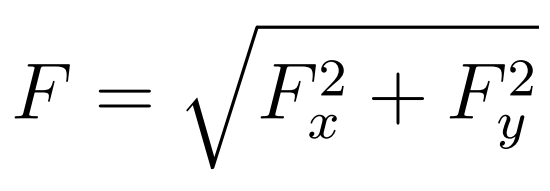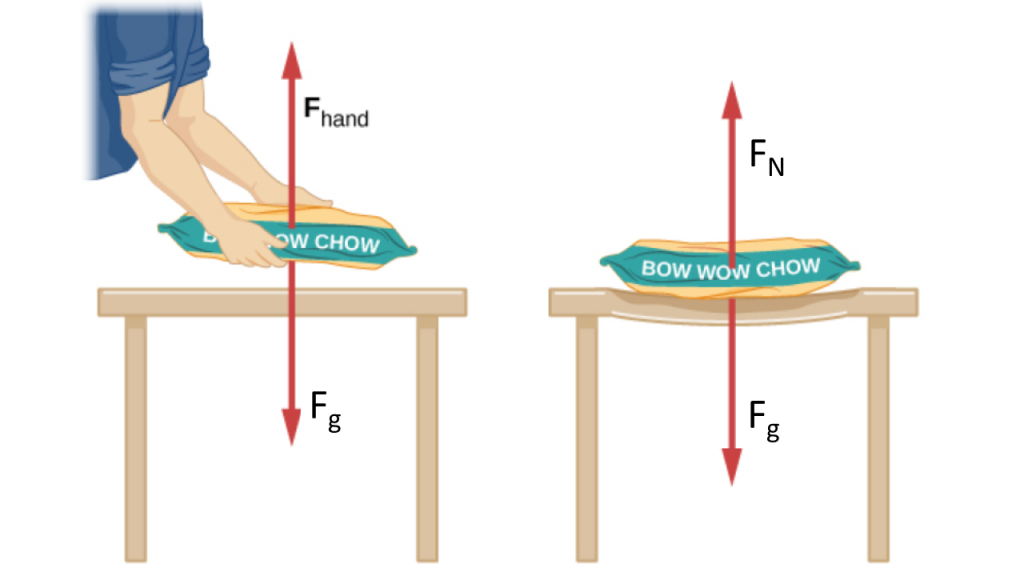Types of Forces - Topic 2.2
Bite-sized Work, Energy & Power Study Notes for IB Physics HL/SL
Table of Contents

Key point
- Forces are Vectors
All forces are vectors. The net force determines the direction of the object’s acceleration.
- Even if the net force is zero, there might be forces with opposing (canceling) directions
- Always calculate all components of all forces
Key points
- This force is always directed downward
- It depends on the location of the object
Weight is the gravitational attraction between the mass (m) of a body and the mass of the planet it is on.
- The force is always directed downward
- Like all other forces – this is a vector quantity
- g is the acceleration due to gravity – Units: Newton per Kilogram
Not in Formula Booklet but important
Key point
- The force that arises when a body is stretched
Tension is the force that arises when a body is stretched
- Contact Force
- A tension force in a string is created when two forces are applied in opposite directions at the ends of the string
- Tension occurs when the contact forces that exert the force are a rope, chain, string, or cable
- Tension is a pull-force
Key point
- A pulled string will develop tension –> bring the string back its original length
When a spring is pulled (increase in length), then a tension will develop.
- The tension develops because it wants to bring the string back to its original position
- Tension is opposite to the direction the string is pulled towards
Not in Formula Booklet but important

Hooke’s Law
- Tension is the opposite of displacement
- T = tension
- k = spring constant
- x = displacement
Key point
- Perpendicular to the body exerting the force
The Normal Reaction occurs when a body is in contact with another body.
- The normal reaction force is acting perpendicular to the two surfaces in contact
- It’s a measure of the force that is holding both objects together
- Notice how the table is bending downwards (microscopic level) – creating tension
Key points
- Oppose the direction of a body
- The area of contact between two surfaces doesn’t affect the magnitude of the frictional forces
Frictional Forces exist when there exists a contact force between two objects.
- Frictional Forces generally oppose the motion of a body
- The area of contact between two surfaces doesn’t affect the magnitude or direction of the frictional force
Formula Booklet

- Dynamic Friction does not depend on the speed of sliding
- R = normal reaction force
- μd = coefficient of dynamic friction
- Acceleration is a vector quantity
- R = normal reaction force
- μs = coefficient of static friction
- μs > μd
Formula Booklet
Key point
- Shows direction and magnitude of all forces acting on a body
Free-body Diagrams show the magnitude and direction of all forces acting on a body
- The body is shown on its own
- Free of surroundings or any other bodies
- The body is treated as a point particle
- The length of arrows is proportional to the magnitude of the forces
Key points
- When no forces act on a body, then it moves with constant velocity
- If body A exerts a force on body B, then body B will exert an equal but opposite force on body A
- The net force on a body of constant mass is proportional to that body’s acceleration
Newton’s second law (law of Inertia) states: When the net force on a body is zero, the body will move with constant velocity (which may be 0).
Force definition: A force is what changes a body’s velocity.
- Inertia keeps the body in the same state of motion when no force acts on the body
Formula Booklet

Newton’s second law of motion states: The net force on a body of constant mass is proportional to that body’s acceleration and is in the same direction as the acceleration.
- Unit of force: newton (N)
- One newton is the force required to accelerate a mass of 1kg by 1ms-2 in the direction of the force
Newton’s third law of motion: If body A exerts a force on body B, then body B will exert an equal but opposite force on body A.
- Those forces are known as force pairs
Key point
- Net force on a point particle is 0
The equilibrium of a point particle means that the net force on the particle is zero.
The net force on a particle is the one single force whose effect is the same as the combined effect of all individual forces acting on the particle
- Find all vector components and add/subtract them as necessary
- If you know Fx and Fy then use the formula on the right
Not in Formula Booklet but important

Subscribe to the Inertia Newsletter
IB News, Covid-19 Updates, Deadlines, Tips and Tricks, and Hundreds of Free Resources are Awaiting You!
Features
- Study Notes
- Thousands of IB Questions
- Detailed Answers
- Ask-A-Question System




